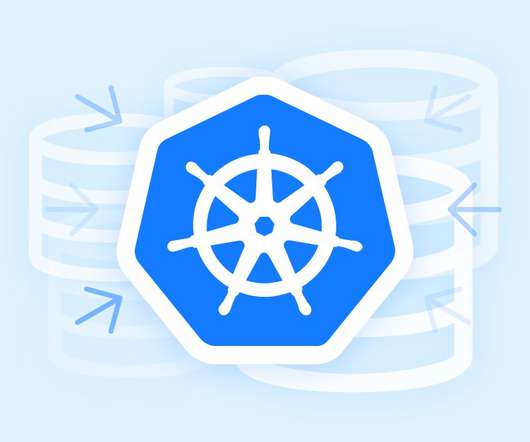bpftrace (DTrace 2.0) for Linux 2018
Brendan Gregg
OCTOBER 8, 2018
The private bpftrace repository has just been made public, which is big news for DTrace fans. Created by Alastair Robertson , bpftrace is an open source high-level tracing front-end that lets you analyze systems in custom ways. It's shaping up to be a DTrace version 2.0: more capable, and built from the ground up for the modern era of the eBPF virtual machine. eBPF (extended Berkeley Packet Filter) is in the Linux kernel and is the new hotness in systems engineering.

















Let's personalize your content